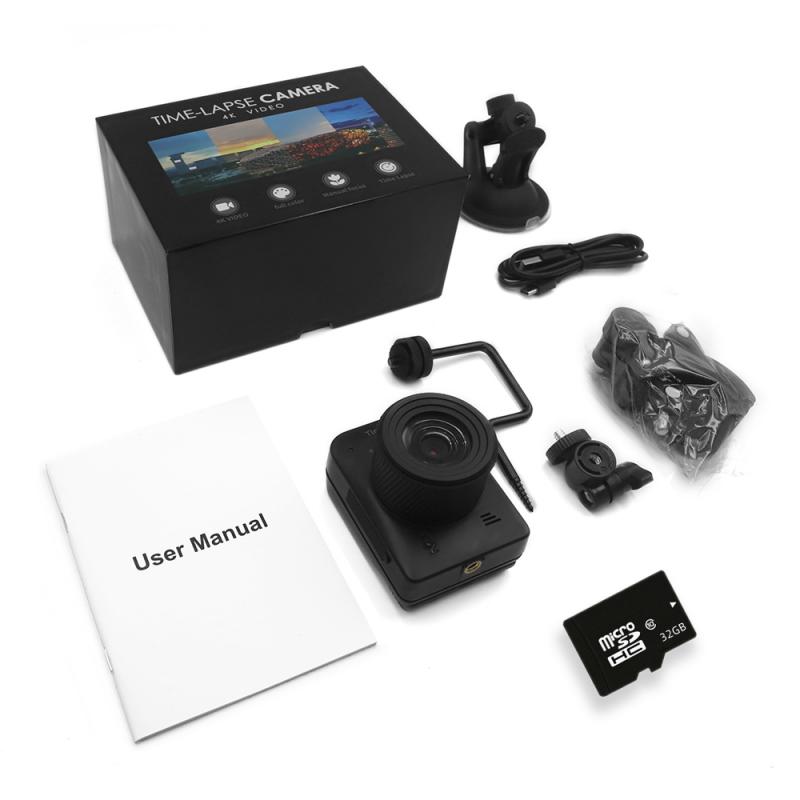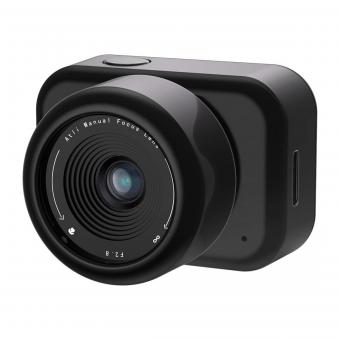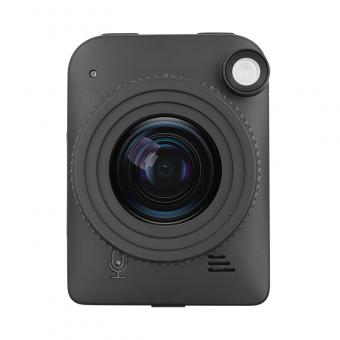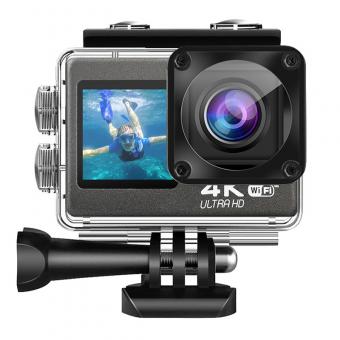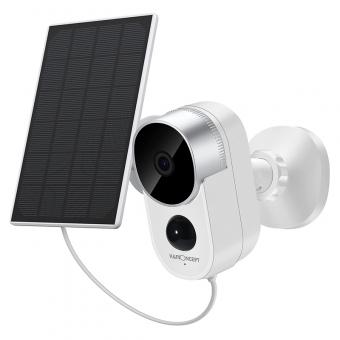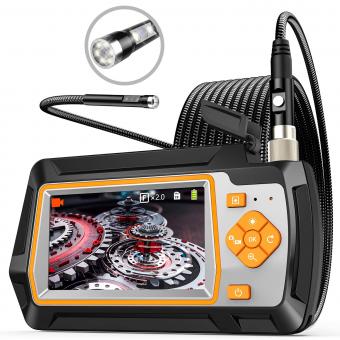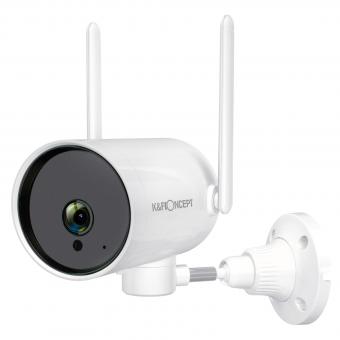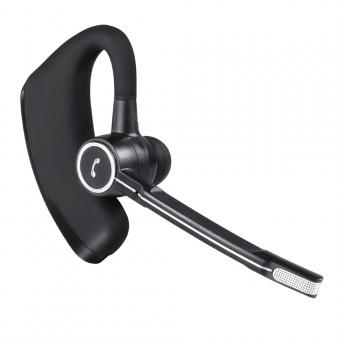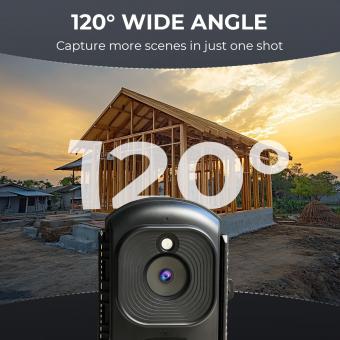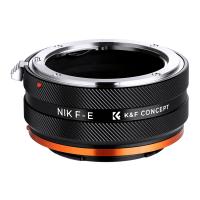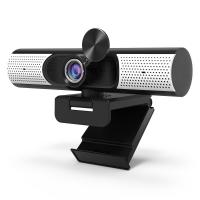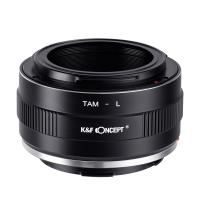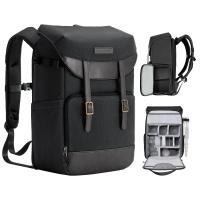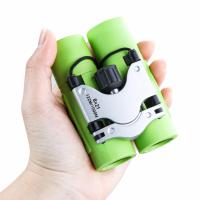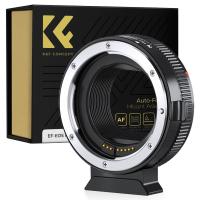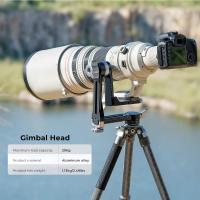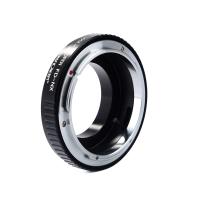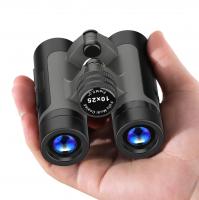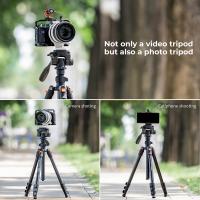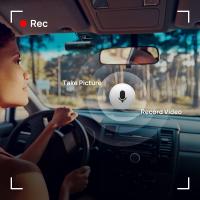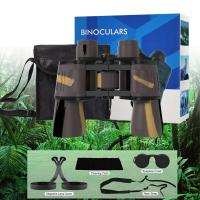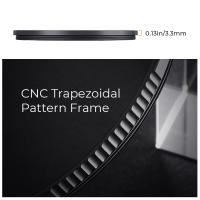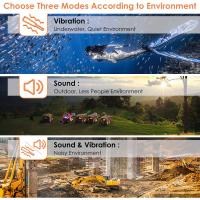What Is A Time Lapse Camera ?
A time-lapse camera is a type of camera that is specifically designed to capture images at set intervals over a period of time. It is used to create time-lapse videos, which are sequences of photos played back at a faster speed, giving the illusion of time moving quickly. Time-lapse cameras are commonly used in various fields such as photography, filmmaking, construction, and scientific research. They are often used to capture the changing of landscapes, the growth of plants, the movement of clouds, or the construction process of a building. These cameras typically have features that allow users to set the interval between shots, the duration of the time-lapse, and the image quality. Some advanced time-lapse cameras also offer additional features like built-in timers, motion detection, and remote control capabilities.
1、 Definition and Function of a Time Lapse Camera
A time lapse camera is a device that captures a series of images at predetermined intervals and then combines them into a video sequence. This technique allows for the compression of time, enabling viewers to observe slow processes or changes that occur over an extended period in a shorter amount of time.
The primary function of a time lapse camera is to capture and document events that unfold slowly, such as the movement of clouds, the growth of plants, the construction of buildings, or the changing of seasons. By taking photos at regular intervals, usually ranging from seconds to minutes, and then playing them back at a standard frame rate, typically 24 or 30 frames per second, the camera creates a video that condenses hours, days, or even months into a few minutes or seconds.
Time lapse photography has gained popularity in recent years due to advancements in technology, making it more accessible to a wider range of users. Many modern cameras, including smartphones, have built-in time lapse features, allowing anyone to capture and create time lapse videos easily.
In addition to its traditional applications, time lapse photography has found its way into various fields, including filmmaking, scientific research, and environmental monitoring. It provides a unique perspective on the passage of time and allows for the visualization of processes that are otherwise imperceptible to the naked eye.
Overall, a time lapse camera is a powerful tool that enables us to witness the beauty and dynamics of the world in a way that is both visually captivating and informative.
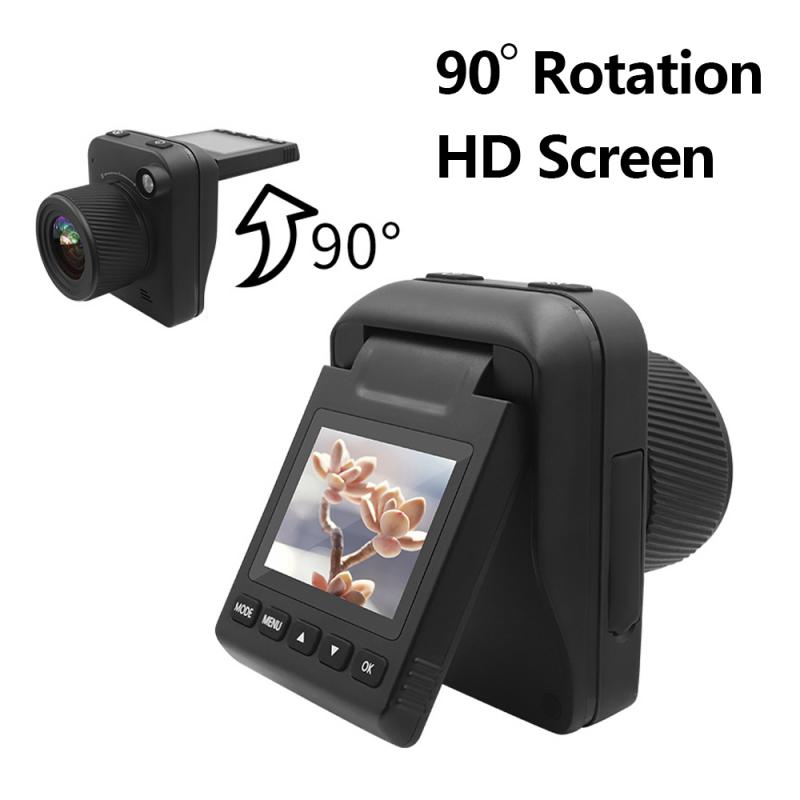
2、 Types of Time Lapse Cameras
A time lapse camera is a device that captures a series of images at predetermined intervals and then combines them into a video sequence. This technique allows for the compression of time, enabling viewers to observe slow processes or changes that occur over an extended period in a shorter amount of time. Time lapse cameras are commonly used in various fields, including photography, filmmaking, construction, and scientific research.
Types of time lapse cameras vary depending on their features and capabilities. Traditional time lapse cameras are standalone devices that are specifically designed for capturing time lapse sequences. They often have built-in intervalometers, which allow users to set the desired time interval between each photo. These cameras typically offer manual control over settings such as exposure, focus, and white balance, providing more flexibility and control over the final output.
In recent years, advancements in technology have led to the integration of time lapse capabilities into many digital cameras and smartphones. These devices often come with built-in time lapse modes or apps that simplify the process of capturing and creating time lapse videos. This has made time lapse photography more accessible to a wider range of users, as they can now experiment with this technique using the devices they already own.
The latest trend in time lapse cameras is the emergence of motion control systems. These systems allow for automated movement of the camera during the time lapse sequence, adding dynamic and cinematic effects to the final video. Motorized sliders, pan-tilt heads, and robotic camera mounts can be programmed to move the camera smoothly and precisely, creating captivating and professional-looking time lapse videos.
Overall, time lapse cameras have evolved to cater to the needs of different users, from professionals to amateurs. Whether it's a dedicated standalone camera or a smartphone app, these devices enable anyone to capture and share the beauty of slow processes and changes in a visually compelling way.
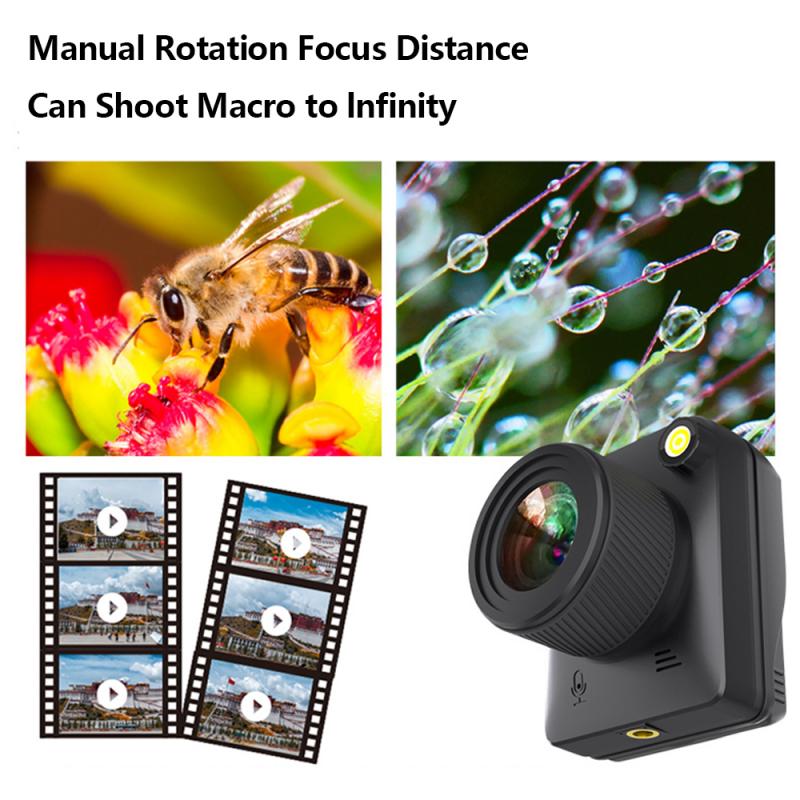
3、 Benefits and Applications of Time Lapse Photography
A time lapse camera is a device that captures a series of images at predetermined intervals and then combines them to create a video sequence. It is designed to condense long periods of time into a shorter duration, allowing viewers to observe changes that occur slowly over time.
The benefits of using a time lapse camera are numerous. Firstly, it enables us to capture and document processes that are otherwise difficult to perceive in real-time. For example, the growth of plants, the movement of clouds, or the construction of a building can be visually condensed into a few seconds or minutes. This allows us to gain a deeper understanding of these processes and appreciate the beauty of nature and human activities.
Time lapse photography also has practical applications. It is commonly used in the construction industry to monitor and document the progress of a project. By capturing images at regular intervals, project managers can track the development of a building or infrastructure over time, identify any issues or delays, and create a visual record for future reference.
Furthermore, time lapse photography has become increasingly popular in creative fields such as filmmaking and advertising. It adds a unique and visually captivating element to videos, making them more engaging and memorable. Time lapse sequences are often used to depict the passage of time, create dramatic effects, or showcase the hustle and bustle of a city.
In recent years, advancements in technology have made time lapse photography more accessible and versatile. Many cameras now have built-in time lapse features, and there are also dedicated time lapse cameras available. Additionally, software and apps have made it easier to edit and create time lapse videos.
In conclusion, a time lapse camera is a valuable tool for capturing and documenting processes that occur slowly over time. Its benefits range from enhancing our understanding of natural and human activities to practical applications in various industries. With the latest advancements in technology, time lapse photography has become more accessible and creative, offering endless possibilities for capturing and sharing captivating visual stories.

4、 Tips for Capturing Stunning Time Lapse Footage
A time lapse camera is a device that captures a series of still images at set intervals and then combines them into a video sequence. It allows you to condense hours, days, or even months of footage into a short video clip, showcasing the passage of time in a visually captivating way.
To capture stunning time lapse footage, here are some tips:
1. Choose the right subject: Look for subjects that have noticeable movement or changes over time, such as clouds, sunsets, cityscapes, or blooming flowers. This will add interest and dynamism to your footage.
2. Plan your shot: Consider the duration of your time lapse and the interval between shots. Longer time lapses require longer intervals to avoid excessive footage. Use a time lapse calculator to determine the ideal settings for your desired effect.
3. Use a stable tripod: Stability is crucial for time lapse photography. Invest in a sturdy tripod to ensure your camera remains steady throughout the entire shoot. This will prevent any unwanted camera shake or movement.
4. Adjust exposure settings: Depending on the lighting conditions, you may need to adjust your camera's exposure settings. Use manual mode to maintain consistent exposure throughout the time lapse, especially during sunrise or sunset when lighting conditions change rapidly.
5. Add motion: Consider incorporating motion into your time lapse footage by using a motorized slider or rotating mount. This can create a more dynamic effect and add depth to your shots.
6. Edit and post-process: Once you have captured your time lapse footage, use editing software to enhance the final result. Adjust colors, contrast, and saturation to make your footage visually appealing.
From a latest point of view, advancements in technology have made time lapse cameras more accessible and user-friendly. Many cameras now come with built-in time lapse features, allowing you to easily set up and capture stunning footage. Additionally, some cameras offer Wi-Fi connectivity, enabling remote control and monitoring of your time lapse from a smartphone or tablet.
In conclusion, a time lapse camera is a powerful tool for capturing the passage of time in a visually captivating way. By following these tips and utilizing the latest advancements in technology, you can create stunning time lapse footage that will leave viewers in awe.
